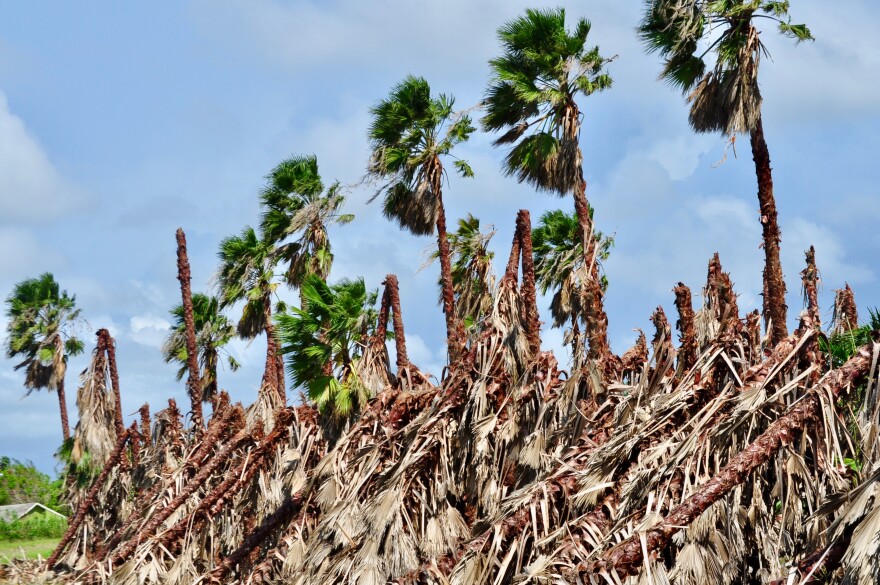Hurricane Irma dealt a blow to the agriculture industry in South Florida. Local damage estimates are still being calculated, but initial figures put it at around $250 million in Miami-Dade County alone. It’s too early to tell what the price of the storm will be for Palm Beach County farmers. The sugarcane harvest begins this month and crop loss will become more apparent.
The total loss to agriculture across Florida totals $2.6 billion, according to the state Department of Agriculture. Thirty percent of the loss is among the orange groves in Southwest and Central Florida. But the second largest hit from Irma is among nurseries. And then sugar. Those two are concentrated in South Florida with the cane fields in Palm Beach County and hundreds of acres of shade houses and greenhouses in South Miami-Dade County.
The storm interrupted the business of farming, but not the inherent optimism making a living from Mother Nature in South Florida requires. We spoke with five farmers with decades of experience about what Irma did to their businesses and the agriculture industry here.
The Nurseryman
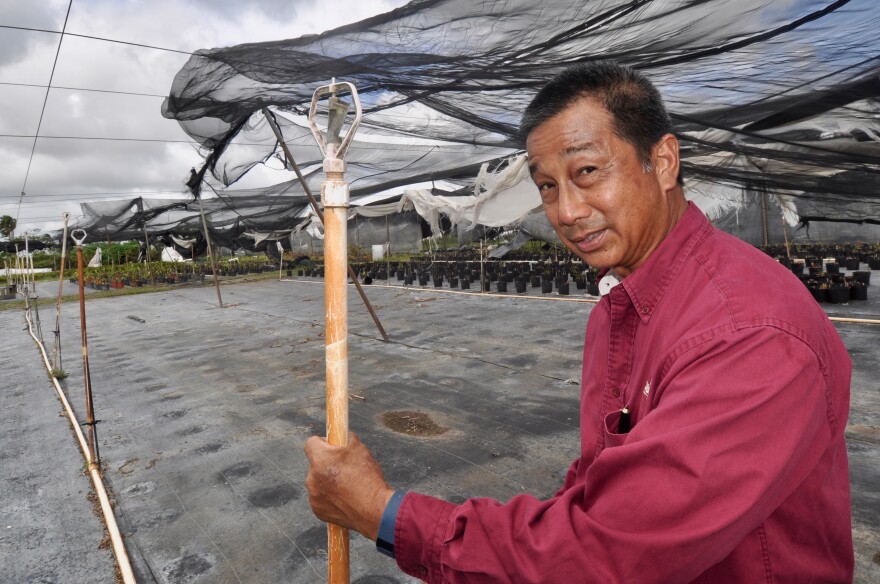
Mark Wilson, Greendale Nursery, Homestead
• Estimates 80 percent of shade house plants were damaged or destroyed.
• About four acres of shade houses were destroyed and will have to be rebuilt.
• Delayed his semi-retirement for five years because of Irma
The Avocado Grower

Salvador Fernandez, J&C Tropicals, Miami-Dade County
• Estimates he lost at least 80 percent of his late-season avocado crop.
• Cut packing house workforce from more than a dozen workers to six.
• Doesn't know how many avocado trees were damaged or destroyed.
The Sugarcane Farmer
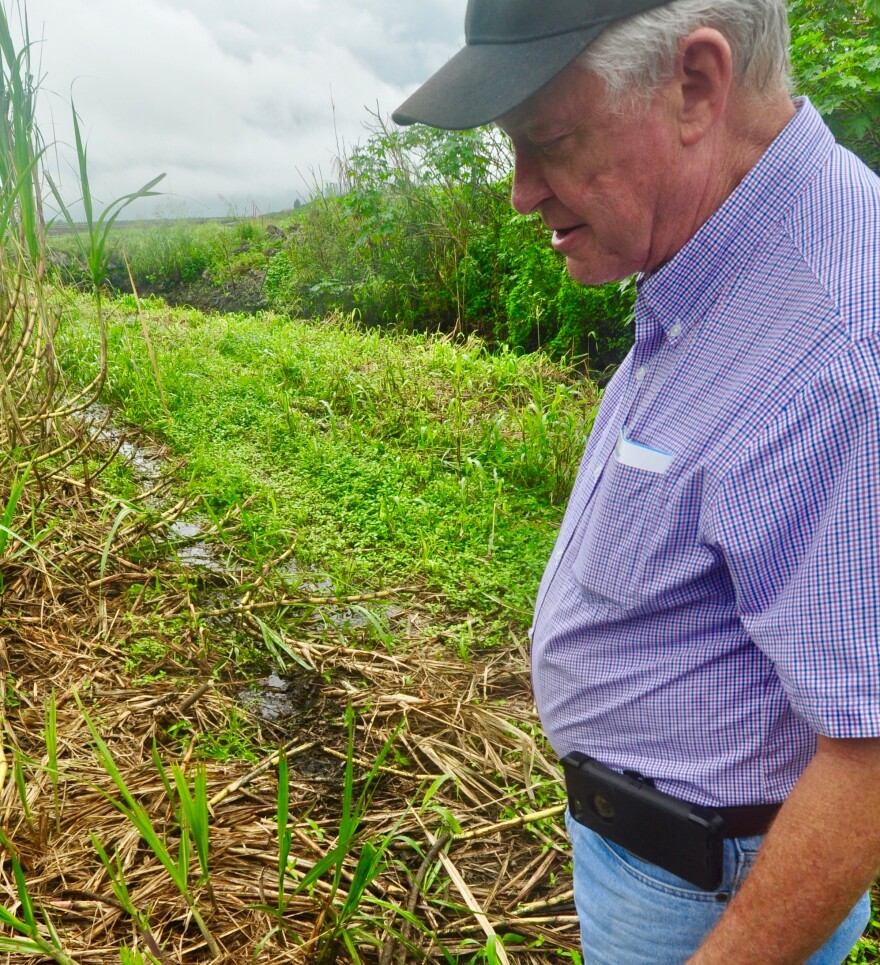
Rick Roth, Roth Farms, Palm Beach County
• Grows 2,500 acres of sugarcane.
• Estimates a 20 percent reduction this year because of Irma.
• Will reduce his sugarcane planting next season and increase it in future years.
The Oak Tree Grower
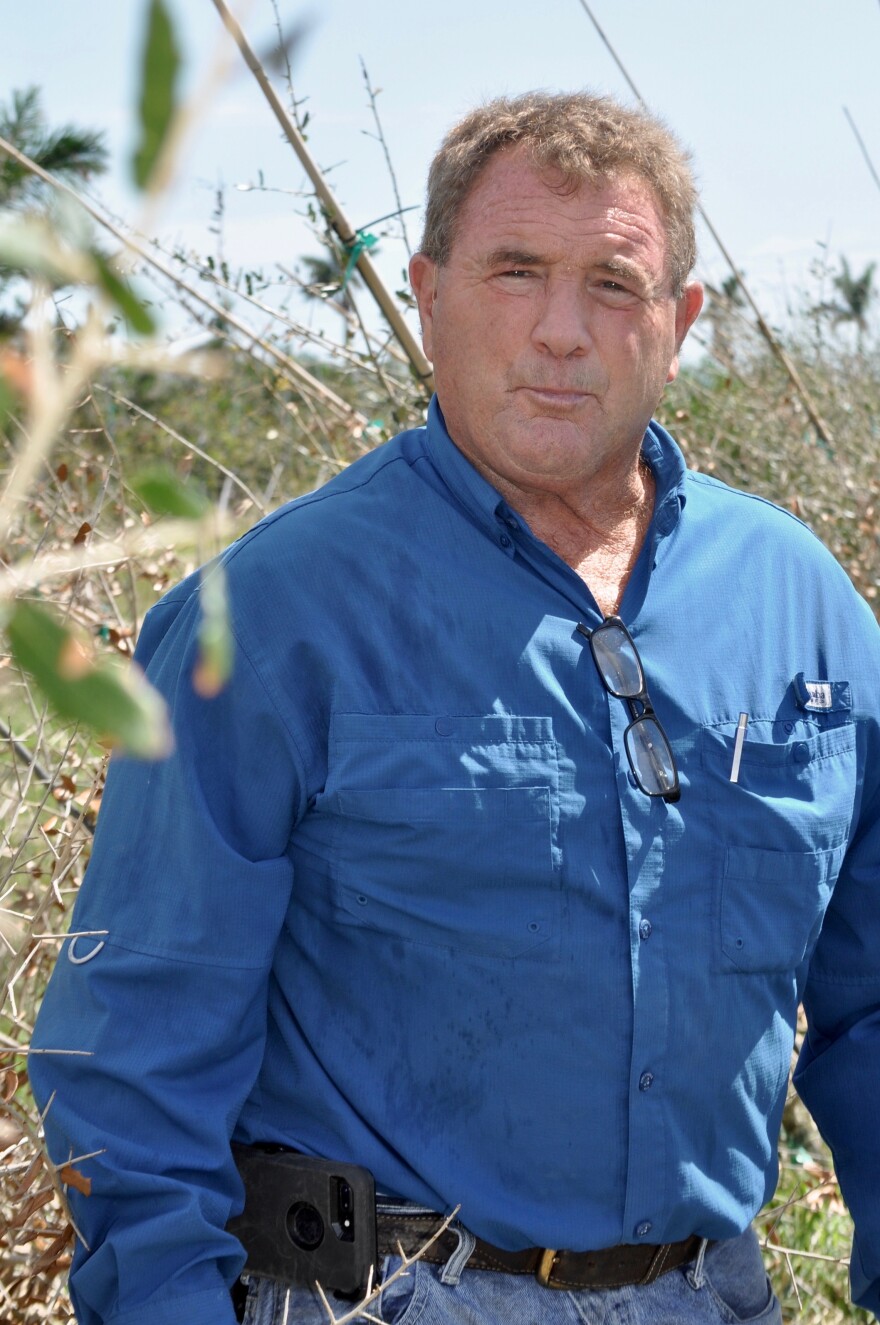
John Alger, Alger Farms, Homestead
• Grows 250 acres of palm and oak trees.
• Estimates 85 percent of tree acres suffered some type of damage.
• Figures staking up oak trees adds at least $15 per tree in additional material and labor costs.
The Palm Tree Grower
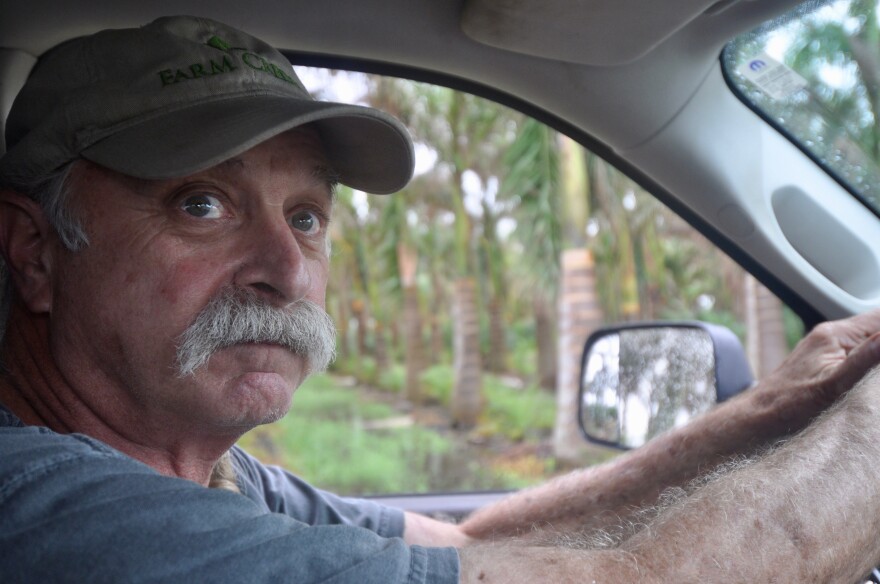
Ben Magrill, Pahokee Palms, Pahokee
• "Large percentage" of his small and medium-sized trees were blown over.
• Crew of 25 workers has been staking up trees since Irma, hoping to save them.
• Short supply of palm trees because of the size of Irma in Florida.


